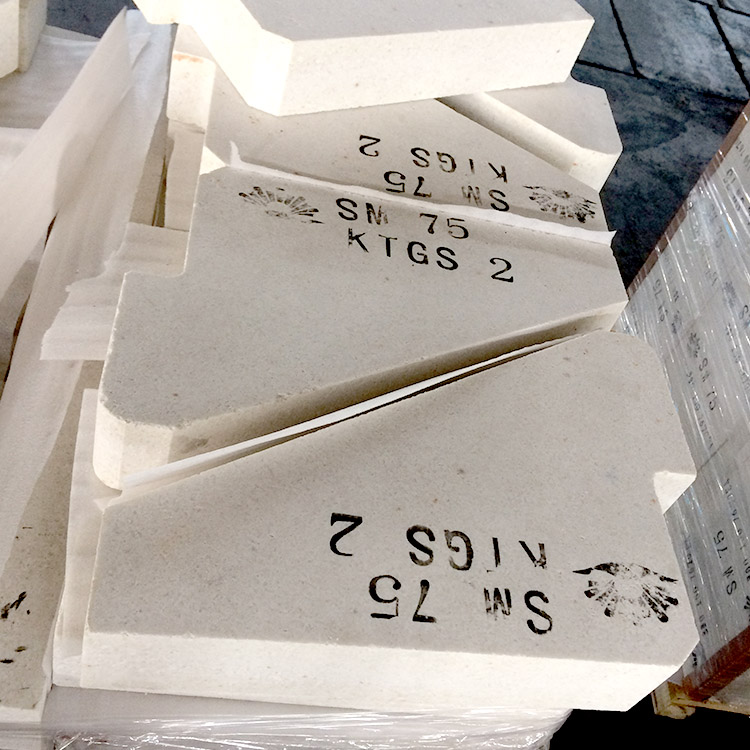
In industrial production, the demand for high - performance refractory materials is ever - increasing. Traditional refractory materials often face challenges such as low refractoriness, poor thermal shock resistance, and short service life, which can lead to frequent equipment maintenance and replacement, increasing production costs and reducing production efficiency. This has driven the exploration and development of new refractory materials. Among them, sintered mullite bricks have emerged as a high - quality solution.
Sintered mullite bricks are a type of high - grade refractory material. Mullite is a mineral with excellent high - temperature performance, and sintered mullite bricks made from it inherit these outstanding properties. They are widely used in high - temperature industrial environments, such as iron and steel smelting, non - ferrous metal smelting, and ceramic firing.
The raw materials of sintered mullite bricks mainly include synthetic mullite clinker and high - alumina bauxite clinker. Synthetic mullite clinker has a high content of mullite phase, typically reaching more than 90%. This high - purity mullite phase endows the bricks with excellent high - temperature stability. High - alumina bauxite clinker, on the other hand, has a high alumina content, usually around 80%. Its unique crystal structure helps to improve the strength and density of the bricks. The combination of these two raw materials makes sintered mullite bricks have a series of advantages such as high refractoriness, good thermal shock resistance, and strong corrosion resistance.

The high - temperature firing process is a crucial step in the production of sintered mullite bricks. Different firing temperatures have a significant impact on the performance of the bricks. When the firing temperature is around 1500°C, the mullite crystals in the bricks are in the initial growth stage, and the refractoriness of the bricks can reach about 1600°C, with a compressive strength of approximately 50MPa. As the firing temperature increases to 1700°C, the mullite crystals grow more fully, and the refractoriness can be increased to over 1750°C, and the compressive strength can reach more than 80MPa. Higher firing temperatures also enhance the thermal shock resistance and corrosion resistance of the bricks, making them more suitable for harsh high - temperature industrial environments.
Sintered mullite bricks have a wide range of applications in different industrial fields. In the iron and steel industry, they are used in the lining of blast furnaces, hot stoves, and ladles. For example, in a large - scale iron - making plant, the use of sintered mullite bricks in the hot stove lining has extended the service life of the hot stove from 3 years to 5 years, significantly reducing maintenance costs and production interruptions.
In the non - ferrous metal smelting industry, such as copper and aluminum smelting, sintered mullite bricks are used in the melting furnaces and refining furnaces. Their excellent corrosion resistance to molten metals and slag effectively protects the furnace lining, improving the quality of the smelted metals. In the ceramic industry, they are used in kilns for firing high - quality ceramics, ensuring stable high - temperature environments and improving the yield of ceramic products.

In conclusion, sintered mullite bricks, with their excellent performance and wide range of applications, are an ideal choice for high - temperature industrial production. If you are still in the consideration stage of choosing refractory materials, we encourage you to take the next step. Our team of experts is ready to provide you with detailed product information and professional technical support. You can contact us via email at [Email Address] or call us at [Phone Number]. You can also request product samples to experience the quality of our sintered mullite bricks firsthand.
Contact us now to learn more about our sintered mullite bricks and how they can improve your industrial production efficiency and reduce costs.
Contact Us
